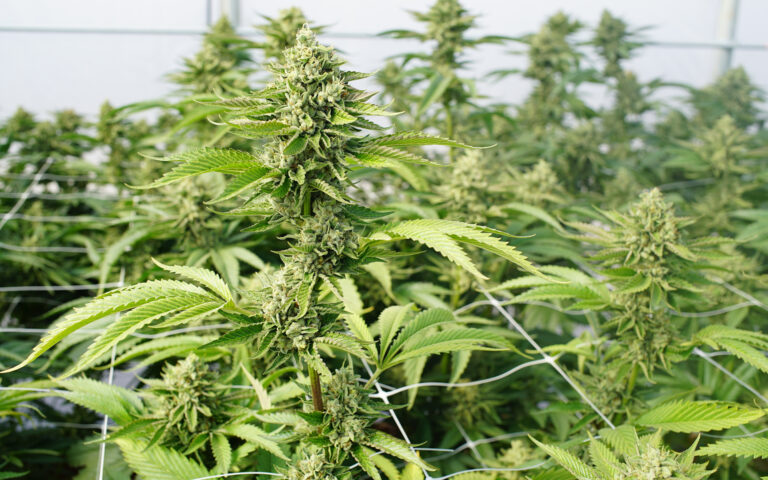The use of marijuana is becoming the norm in most countries in the world. It is significantly tolerated in regions where its use is not legalized. The market is realizing a rapidly growing demand as the world embraces several benefits from the herb. To ascertain this and learn more about this wonder herb visit Homegrown Cannabis Co and join other growers in the trade.
Growing cannabis for domestic consumption is an excellent idea because it’s inexpensive, fun, and a lucrative venture to attempt. You can buy marijuana seeds from authorized dealers in your locality and join the growing culture of marijuana farming.
Cannabis sativa aka marijuana
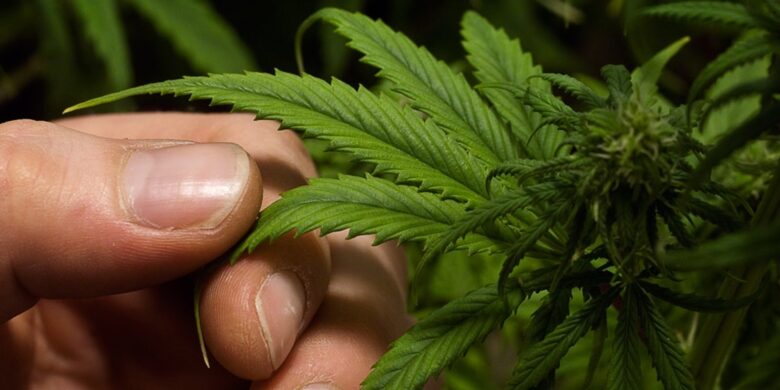
Marijuana is a hardy, leafy green plant that thrives in a wide range of climatic conditions. You can grow it indoors in a greenhouse or outside. You’ll hone your gardening skills as you keep reading and practicing growing this wonder herb.
It is crucial to take time, read, and understand the basic steps of becoming an expert cannabis grower.
Picking the best marijuana seeds
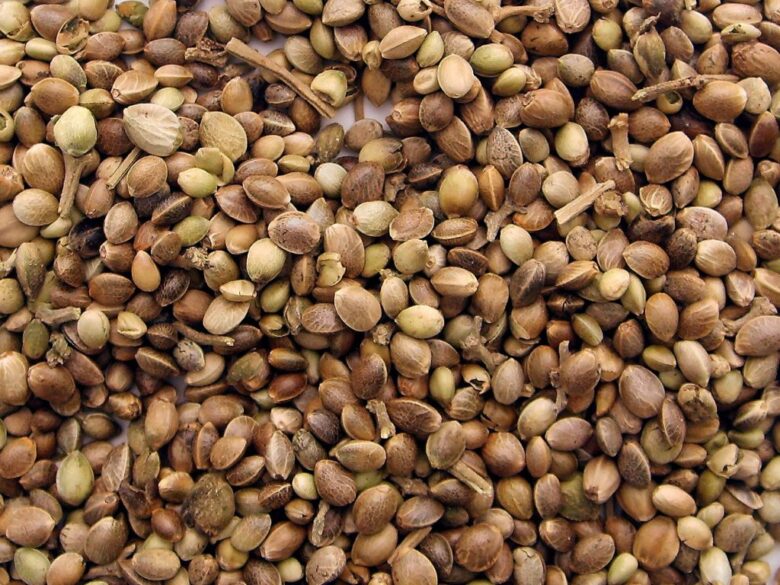
What is your preferred taste of marijuana? Is there a particular strain that has fitted your buds in the past? Is there a strain that has served to improve your health for the ailment you’re treating? Consider using these set of questions to give you a bearing in your gardening.
Secondly, how much space are you planning to use for your plant? Auto-flowering variety or indicas do well in limited space, while giant-growing strains thrive in a spacious backyard.
Basics of Cannabis Sativa
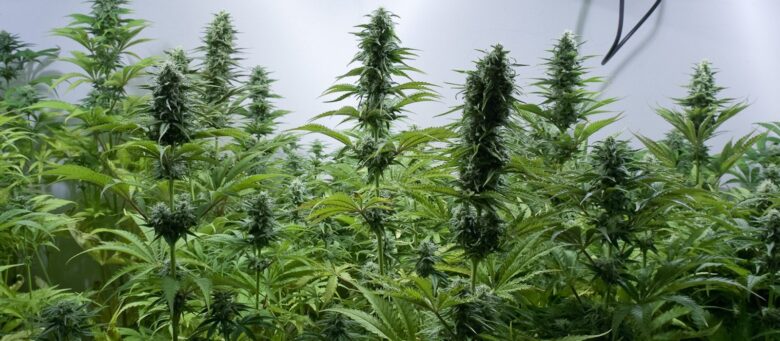
- Lighting: Marijuana requires more than eighteen hours of light in a day. When grown indoors, use timers to allow you to provide light. When germinating outdoors, delay the process until the herb is exposed to more than twelve natural lighting hours. Afterward, leave them to a minimum of eight hours of direct sunshine in a day.
- The growing medium: If you’re an organic grower, you can use some specific soil types inside or out every time you plant. Other growing mediums you can use include coconut pit, rock wool, vermiculite, or perlite. When you opt for, exclusive hydroponics or deep water culture germination, no mediums are required because the roots sip nutrients directly from the combination of nutrients.
- Air circulation: Continuous circulation of fresh air results in a strong, well-developed cannabis plant. Outdoor growing has plenty of clean, circulating air. Air is rich in oxygen that is a crucial component in photosynthesis.
Indoor growers need a fan to expel stale air and bring in fresh air continuously. Sufficient air circulation also prevents the growth of mold, expels pests, and discourages weak growth. An accumulation of stale, dump air causes stunted growth in plants.
- Water: Water is an essential requirement for all plants. Regular rainfall provides the right moisture your plants need allowing the plants to carry out all biological functions. If your strain of cannabis sativa is the giant kind, then more water is needed to satisfy this notoriously thirsty herb. Remember to irrigate your plants to provide supply additional moisture during the dry seasons.
For indoor plants, ensure the water PH is right because that’s how the cannabis get nourished. Greenhouses come with a PH and moisture content kit, so make sure to use it.
- Temperature: Cannabis is a hardy herb found to thrive even in harsh weather conditions such as heat and cold. However, you shouldn’t stretch your luck by continually exposing the plants to such extremes. They too, can freeze or boil.
So, maintain an average of twenty-seven degrees centigrade. This is optimum the range for most cannabis variety.
If you’re growing them in a greenhouse, reaching and maintaining this temperature is easy. The air conditioning, fans, heating systems, and cooling mats all work to optimize the conditions inside.
You can install a weather monitoring app to assist in tracking sunlight cycles. Exposing the plants too early to the sunlight can cause premature flowering. When blooming begins this early, the quality of flowers formed is poor. On the other hand, very late sunlight exposure results in miniature plants with reduced flower sites.
- Nutrients: A combination of carefully selected nutrients is the fuel to any strain of the cannabis plant. A good soil structure comprises of living organisms, vitamins, minerals, and compost. Nutrient-rich soils supply plants with sufficient food throughout the plant’s cycle.
Enhance the soil quality by adding compost tea, organic mix like molasses, and feather meals. These additives result in healthy-looking plants with high yields.
Hydroponics and neutral mediums supply nutrients through nutrient blends. Pre-formulated nutrients, especially for marijuana, are available in authorized outlets in your region. You’ll also find nutrient-rich concoctions for mediums that do not use soil.
- Humidity: If you’re growing outdoor plants, you do not have much control over the humidity. Variations in humidity and an active biological function are also needed to help plants adapt to changing environmental elements.
Controlling indoor humidity is critical from seeding to the flowering stage of the cannabis plant. Leaves are what lungs are to human beings. Plants transpire through the leaves and moderate atmospheric moisture. Optimal balanced humidity is a recipe for mold and pest free healthy plants.
Germination of cannabis Sativa seedlings
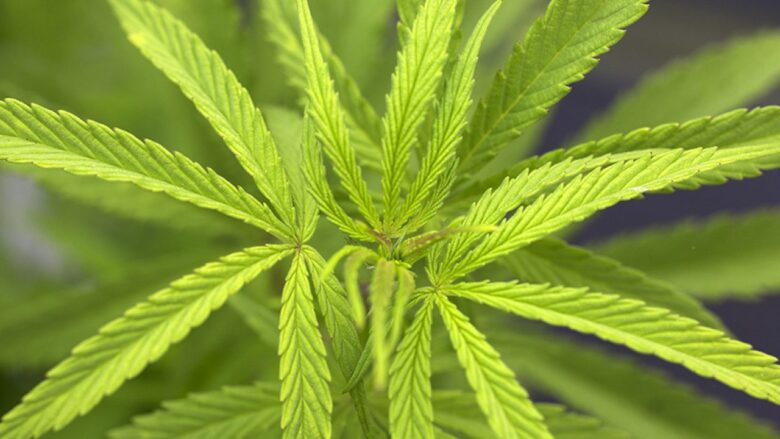
Every viable seedling purchased from a legit dealer has the potential to grown into the variety of marijuana you choose. Only ensure to provide and sustain the right conditions for your plants.
All plants require three things to germinate: water, warmth, and light. Cannabis is not an exception and has no strict set of rules to bring them to harvest.
Flowering stage
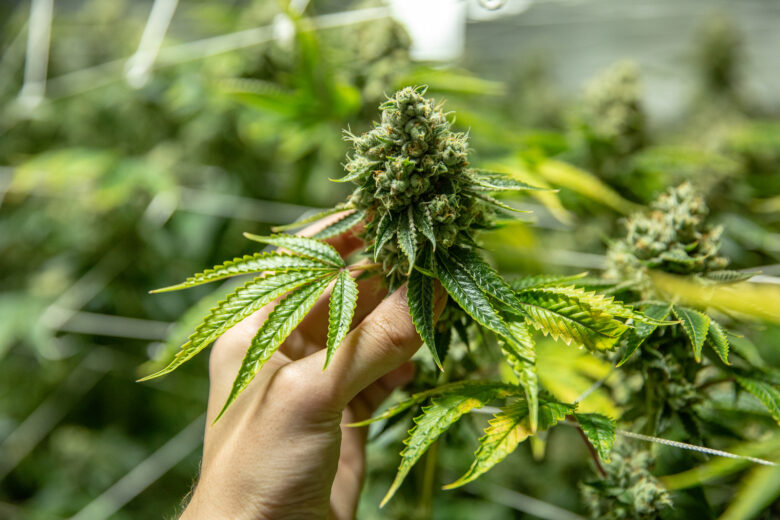
This stage is also referred to as the blooming or budding phase. It is characterized by a sweet aroma that intensifies with time. An intricate floral arrangement also begins to sprout where their bud had initially grown.
This phase has two stages: differentiation and blooming. In differentiation, the branches tend to zigzag and compress with little distance between the nodes.
After a short while, actual flowers begin to form. Calyxes shot from the internodes and then form puffballs covered in the pistil. Each puffball of calyx begins to stretch along its individual spike, creating space for fluorescent clusters.

